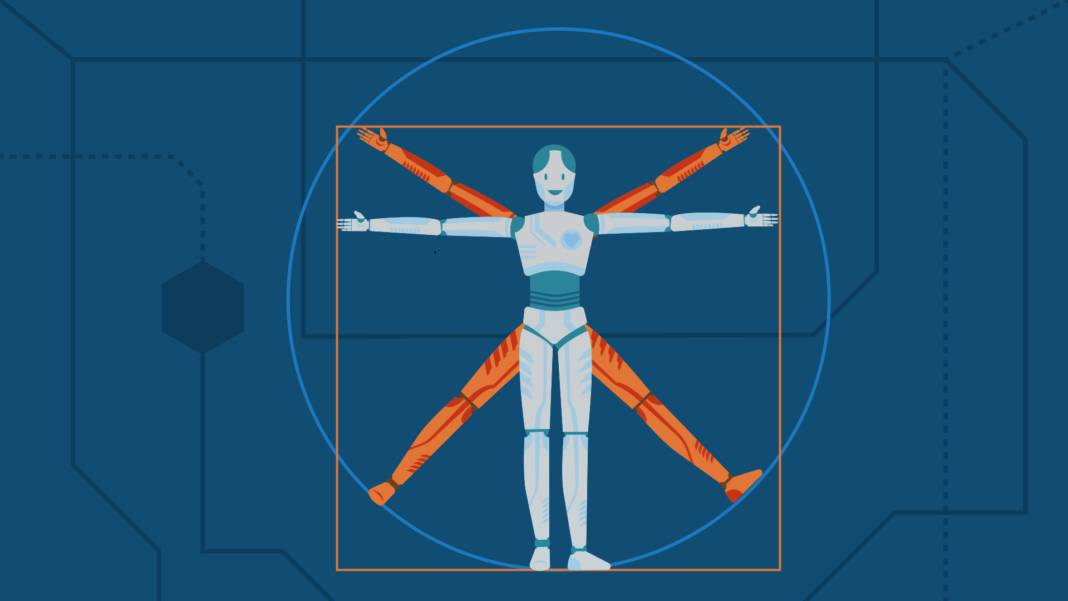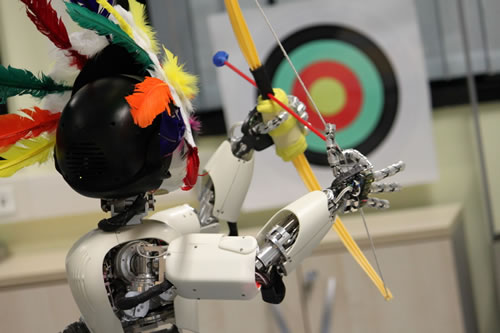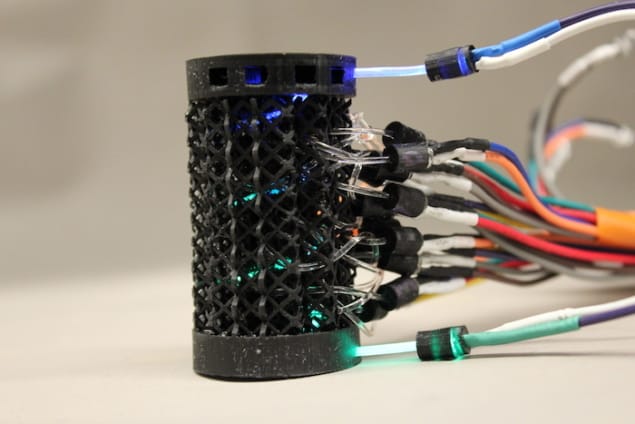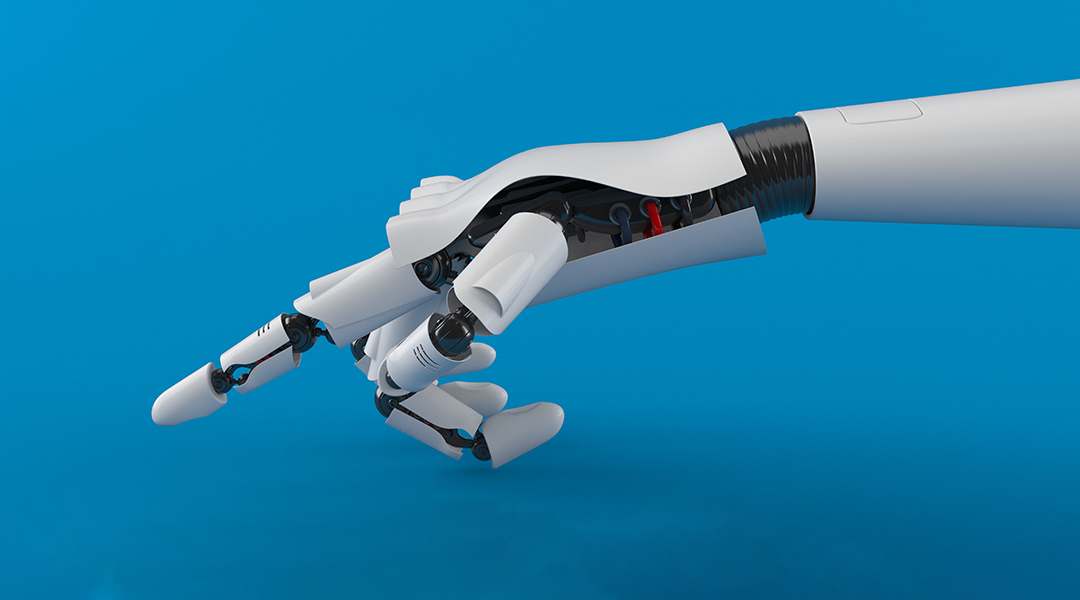#prosthetics #electronic
Proprioception, Somatosensory system, Industrial robot, Robotics, Robot, Sensory system
Electronic skins and machine learning for intelligent soft robots
RT @SciRobotics: April's Special Section on #electronic skins is out! Includes a review on e-skin and research on a new sweat-powered e-skin that can monitor metabolic activity and be used to control #prosthetics. Check them out here: https://t.co/g9Vo4lFKui https://t.co/YVlkv4wkUp https://t.co/7QBh7cxPJG
OpenSoft robots have garnered interest for real-world applications because of their intrinsic safety embedded at the material level. These robots use deformable materials capable of shape and behavioral changes and allow conformable physical contact for manipulation. ...
RT @SciRobotics: April's Special Section on #electronic skins is out! Includes a review on e-skin and research on a new sweat-powered e-skin that can monitor metabolic activity and be used to control #prosthetics. Check them out here: https://t.co/g9Vo4lFKui https://t.co/YVlkv4wkUp https://t.co/7QBh7cxPJG
OpenElectronic skins and machine learning for intelligent soft robots
Soft robots have garnered interest for real-world applications because of their intrinsic safety embedded at the material level. These robots use deformable materials capable of shape and ...
We are sorry, we could not find the related article
If you are curious about Artificial Intelligence News Essentials and General News
Please click on:
Or signup to our newsletters
Sensors and Machine Learning Are Giving Robots a Sixth Sense
Robots with chemical sensors could be highly accurate in smell and taste, but building in a robot’s sense of itself and its body is far more difficult.
Robot Learning
Focus is on both applied and theoretical issues in robotics and automation. Robotics is here defined to include intelligent machines and systems; whereas automation includes the use of ...
MIT's Jenga-playing robot might have the magic touch for manufacturing
Anyone who has played a game of Jenga will know the delicate touch required to keep the tower of wooden blocks from crashing down, and it’s not the kind of finesse you’d associate with a ...
Watching this soft robotic hand move is strangely hypnotic
Robotic technology had come a long way in the past couple of decades, with more intelligent machines capable of superhuman feats that were once thought impossible. Robots are great at doing ...
This robot can probably beat you at Jenga—thanks to its understanding of the world
Industrial machines could be trained to be less clumsy if we gave them a sense of touch and a better sense of real-world physics.
RE2 Robotics Awarded $3M to Develop Underwater Robotic Hand for U.S. Navy
The Office of Naval Research provided the funding for the development of an underwater robotic hand equipped with a variety of sensors.
Prerequisites for an Artificial Self
Traditionally investigated in philosophy, body ownership and agency—two main components of the minimal self—have recently gained attention from other disciplines, such as brain, cognitive ...
Optical lace could make a ‘nervous system’ for robots
New fibrous material could allow robots to feel touch and sense how they interact with their environment
MIT robot sorts recycling and trash by touch
The RoCycle system relies solely on sensors and soft robotics to identify and sort glass, plastic, and metal through touch alone.
Artificial and augmented sensing for humans and humanoids
The NeuroEng School aims to introduce computational and technological methods to interact with the brain. Interaction is a key issue for understanding the physiological basis of neuronal ...
Electronic Glove Gives Robots Human-Like Sense Of Touch
A touching innovation out of Stanford.
The soft touch of intelligent, robotic systems
A new, flexible, and self-powered sensor made by magnetoelectric materials can convert mechanical stimuli to electrical signals for robots with a
Success Story: Deep Learning Brings Touch to Robots
Deep learning algorithms that enable touch as well as vision can create tremendous opportunities for robotics apps.
Machine learning helps researchers build low-cost tactile sensor
With the help of machine learning, researchers built a tactile sensor to measure force distribution, enabling robot arms to grasp fragile objects.










